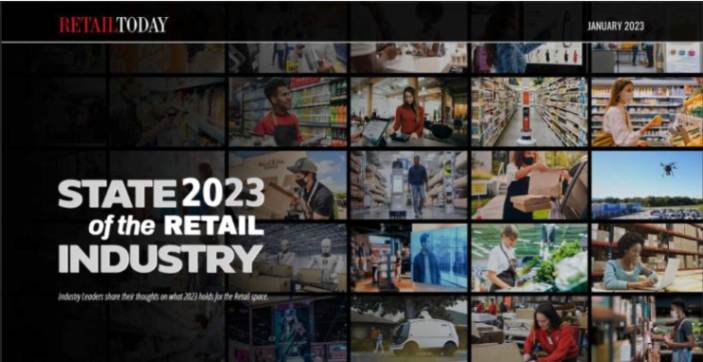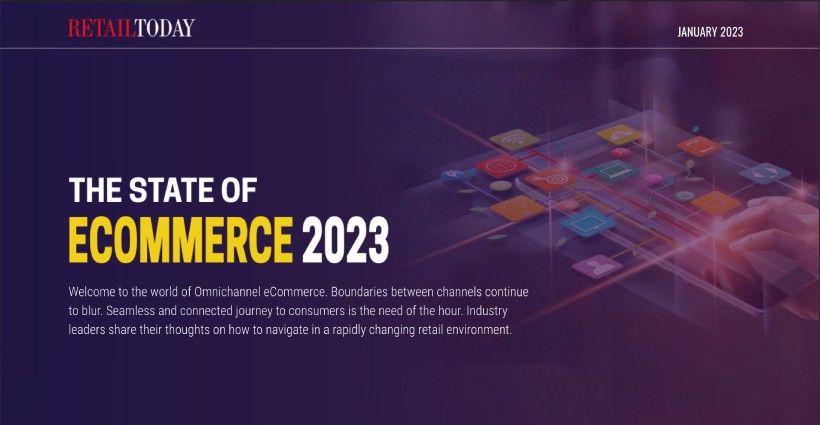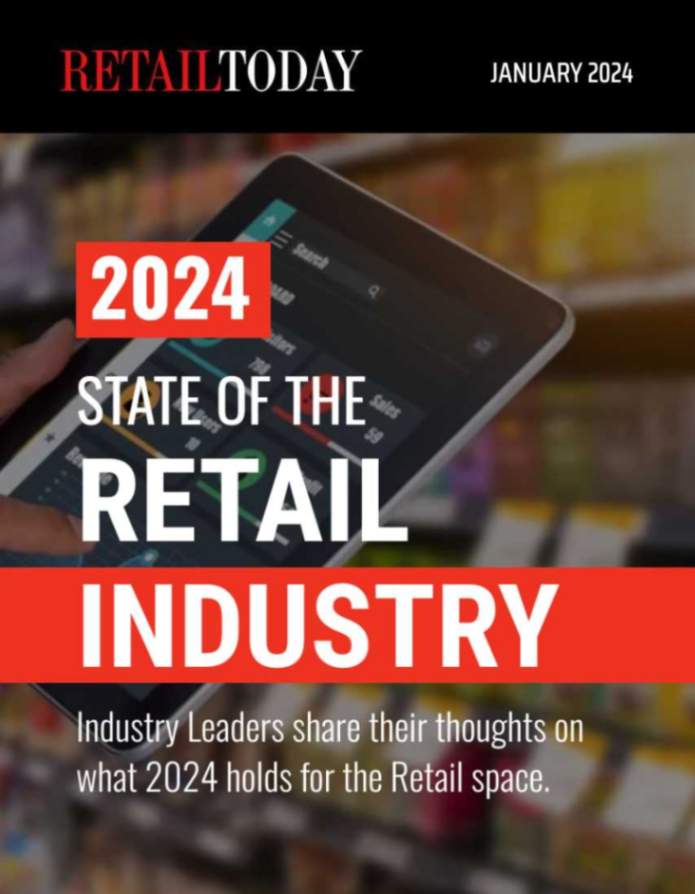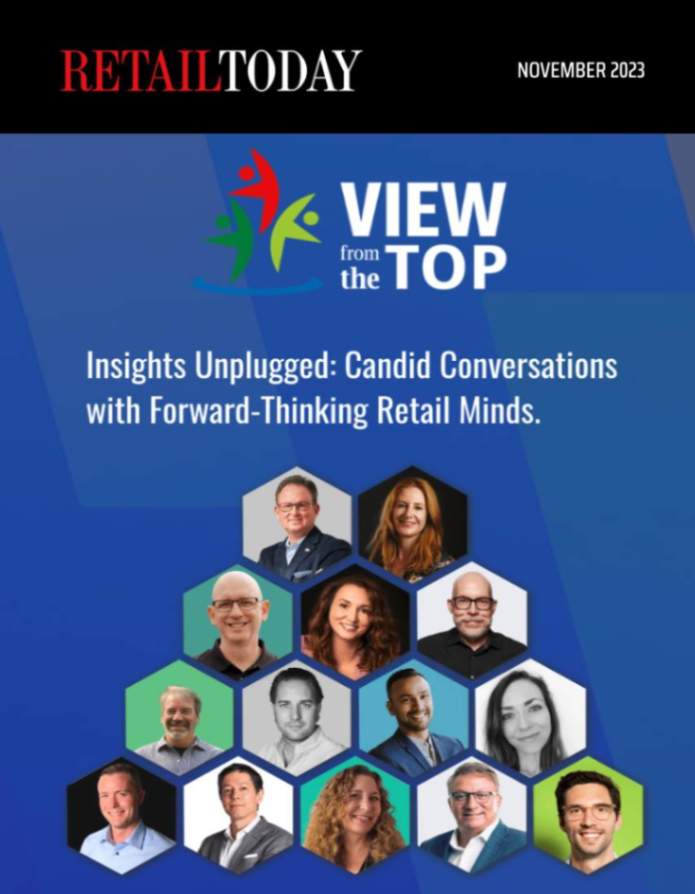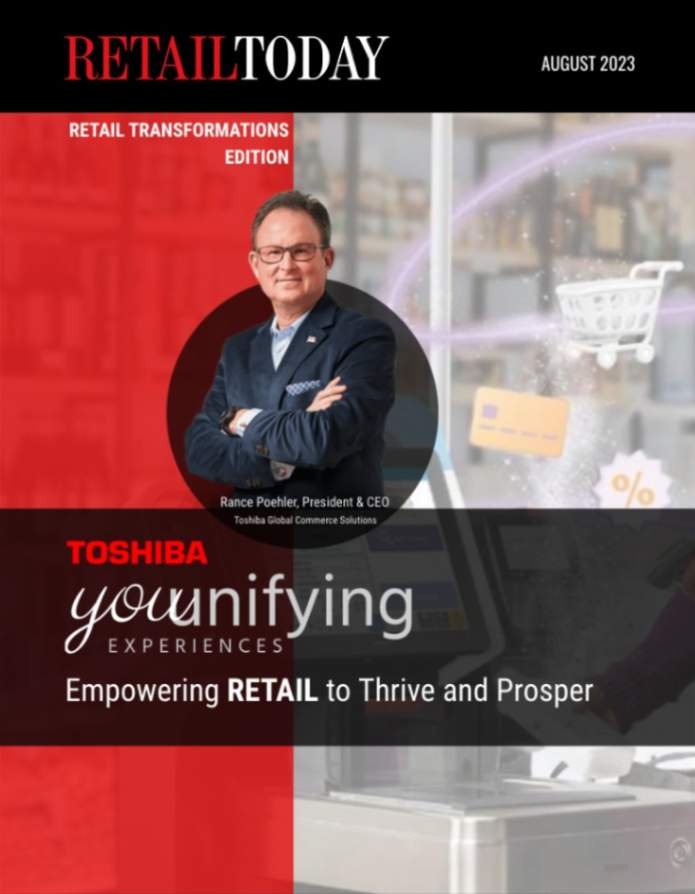
During the pandemic, consumers bought online in record numbers, but the rise of click-to-buy shopping — effortless, but sometimes impersonal — left many craving more authentic and meaningful experiences. Increasingly, they’re expressing that by seeking out sustainable and ethical products they feel good about buying. That creates an important opportunity for merchants to evolve their brand identities and deepen customer relationships.
Reducing your carbon footprint and environmental impact is only the first step. It’s also important to project sustainability through transparent, mission-oriented messaging. That means going beyond just adding a line to your “About Us” page, and instead integrating sustainability information into your product listings.
Featuring product labels more prominently in your eCommerce product pages is a powerful approach, for instance. Almost two-thirds of consumers consider certificates and quality labels — such as the Oeko-Tex Standard 100, which confirms the absence of harmful chemical substances — to be the gold standard when it comes to brand sustainability efforts. Consumers are also eager to be educated about what these labels and certifications actually mean. They want to understand their sneakers’ carbon footprint the same way they understand the calories or nutrients in their food — and they’ll reward brands that communicate sustainability metrics in clear and accessible ways.
One example: brands can make sustainability metrics and eco-labels part of their product discovery system. One of our customers, the outdoors brand Bergfreunde, makes it easy for end consumers to filter products based on what matters to them most, whether it’s Fair Trade certification or other eco-labels such as Bluesign or Green Button. Combined with clear communication about what those labels signify, it’s a great strategy to help customers to encounter the brand’s products in a new and more meaningful way.
Another approach is to incorporate second-hand products into eCommerce sales, by making it easier for customers to discover, buy, or sell back used products. This helps establish products as durable rather than disposable, and promotes brands as part of a broader shift toward conscious consumerism and the circular economy — something to which younger buyers, especially, are increasingly attuned. The rise of second-hand and vintage eCommerce isn’t just for clothing: another Akeneo customer, French startup Back Market, recently raised $335M to resell PlayStations, smartphones, and household appliances.
Finally, brands can tap into sustainability concerns with smarter shipping options, including clear communication about initiatives to reduce shipping-related waste and emissions. Zara, for instance, reuses cardboard boxes up to 5 times before recycling them into new boxes for online orders. Major carriers including DHL, FedEx and UPS also offer environmentally-friendly programs such as paperless invoicing, carbon offsetting, and delivery via EVs and bikes.
Carbon reduction does cost money, but it can boost merchants’ overall profits. An Akeneo survey showed that 52% of consumers would pay more when brand values are part of the product information shared. By investing in clear sustainability messaging and product information, brands can deliver the authentic and meaningful experiences that their customers crave — helping the planet, and helping to grow their brands in 2022.
PXM Evangelist for Akeneo, Virginie Blot is a specialist in the implementation of Akeneo PIM, having been a consultant and then manager of the Professional Services team. She devotes all her energy in positioning Akeneo as a thought leader on Product Experience Management.
Before joining Akeneo, Virgine worked as a business consultant for an American ERP and then was a buyer in the textile sector. She has been involved in leading projects for luxury brands as well as for B2B manufacturers, where she has always placed particular emphasis on the definition of product enrichment flows, thus facilitating the work of the business teams, the change management, and the preparation of product catalogs for the challenges of product experience and unified commerce.

